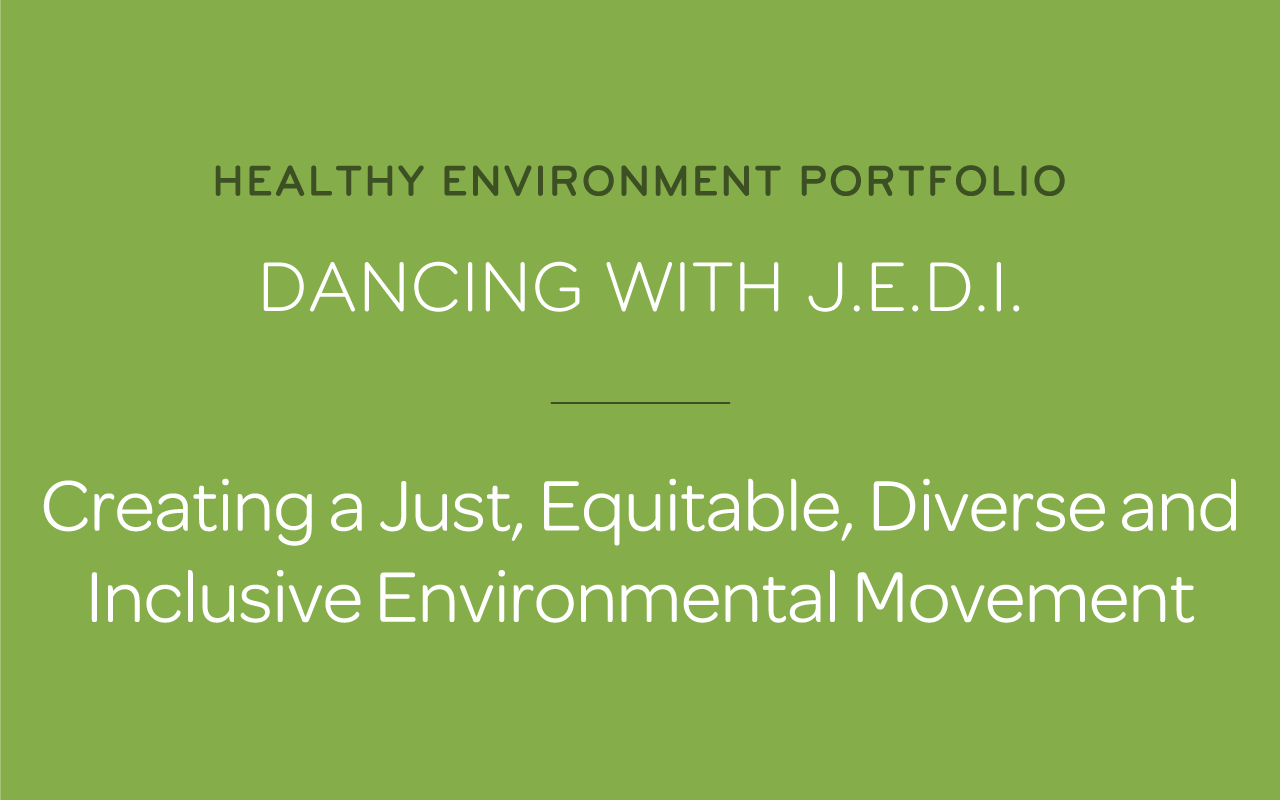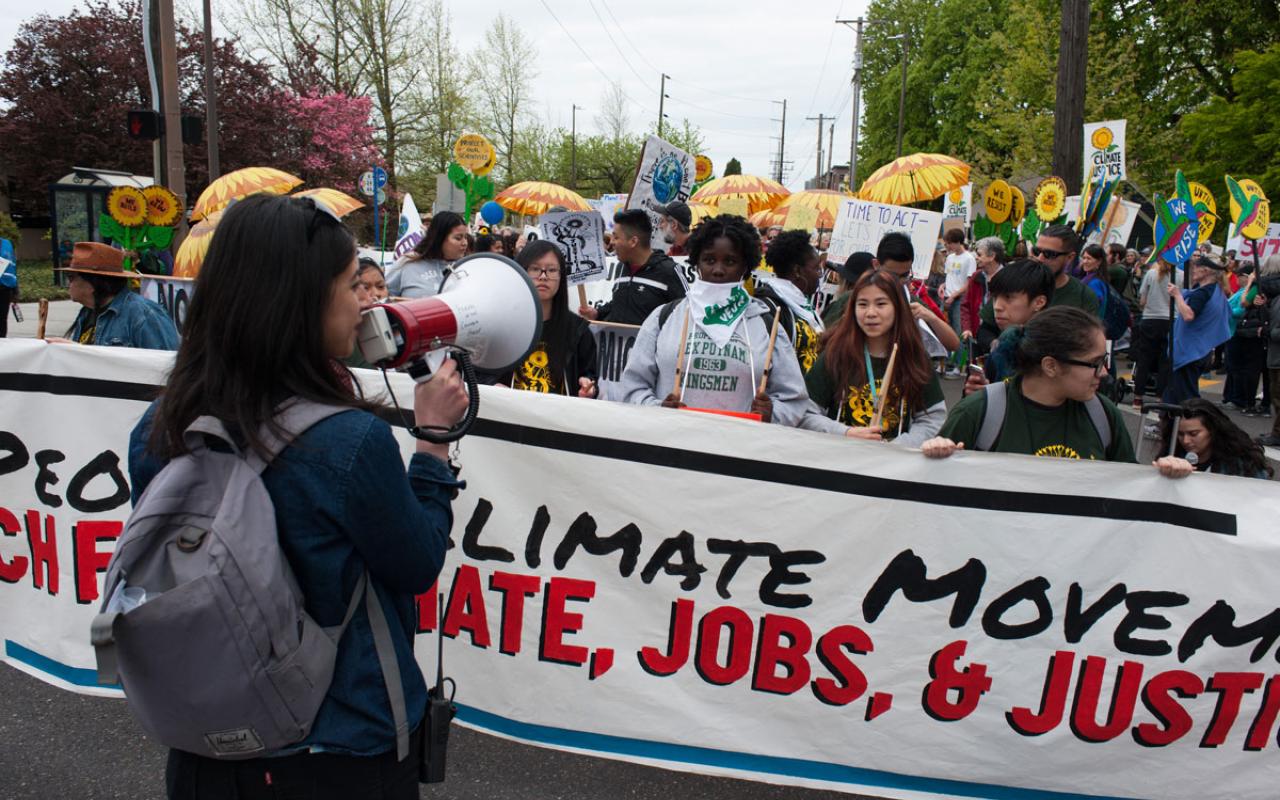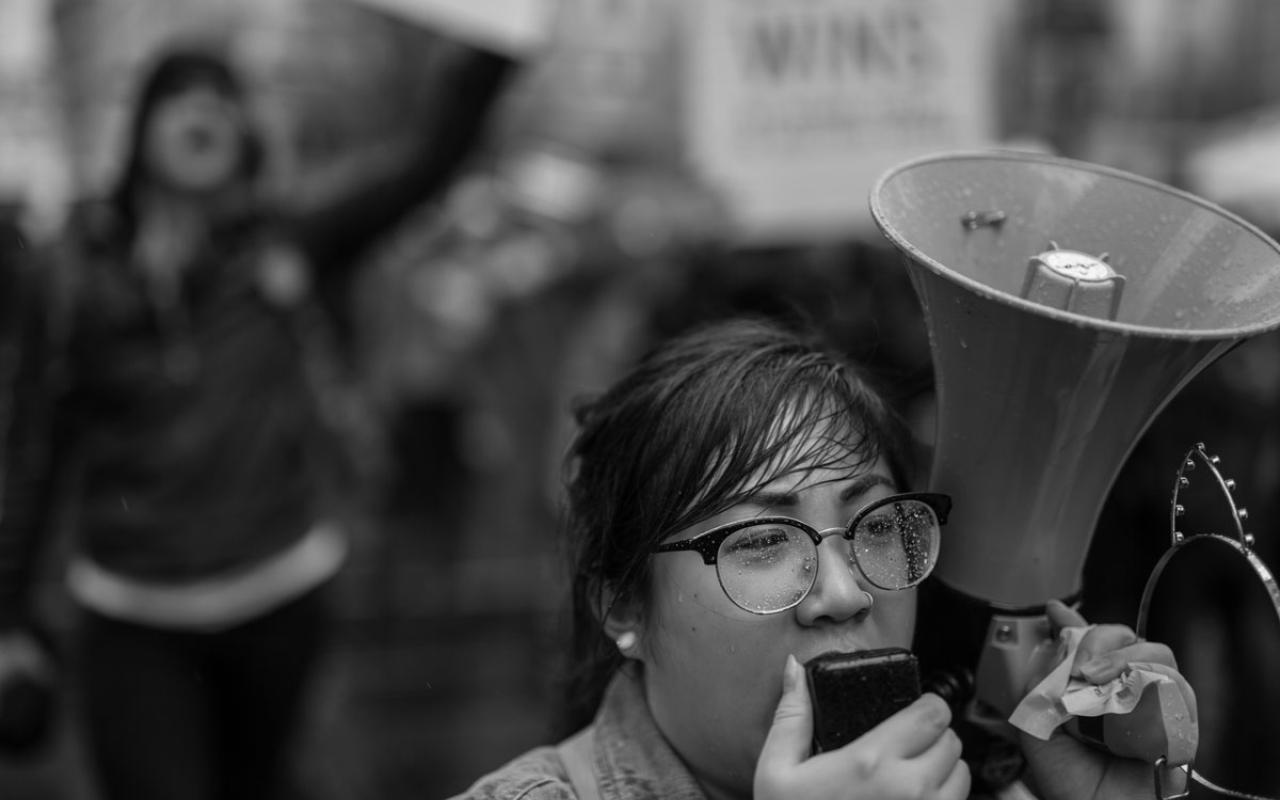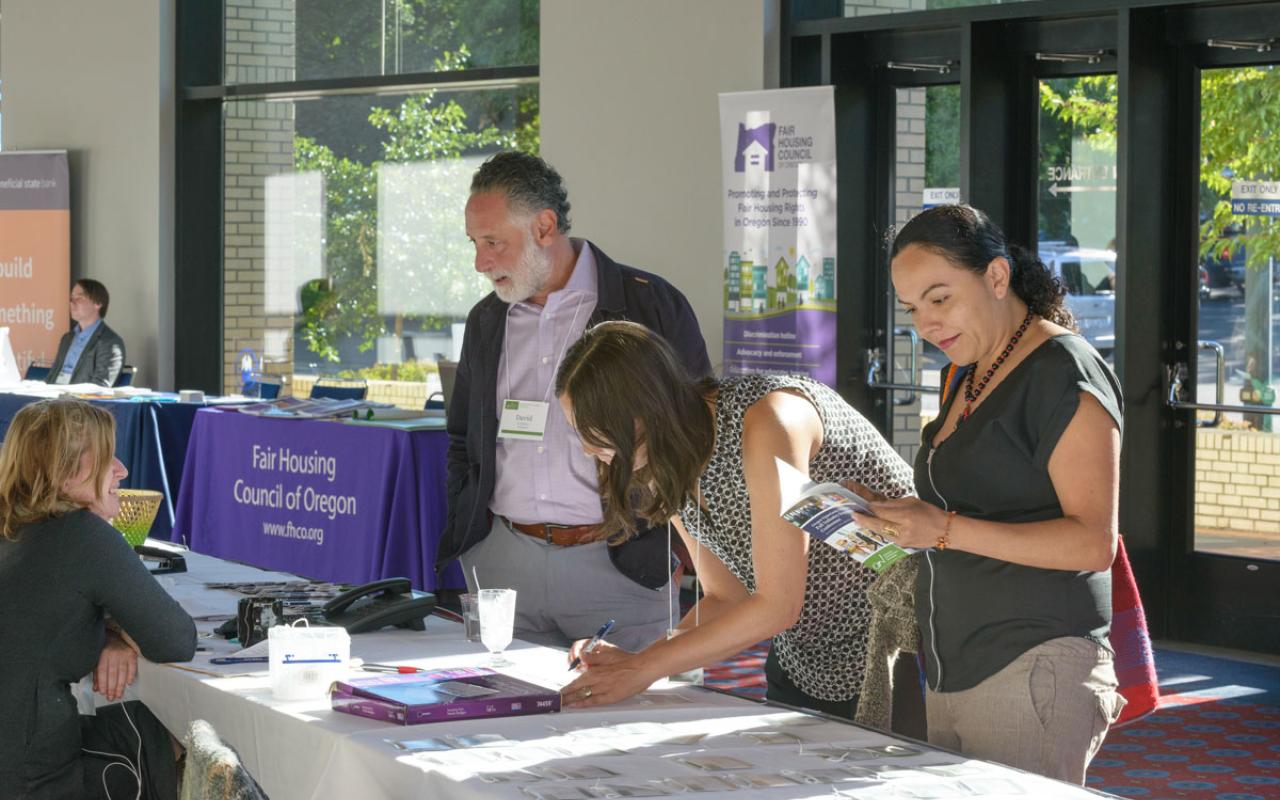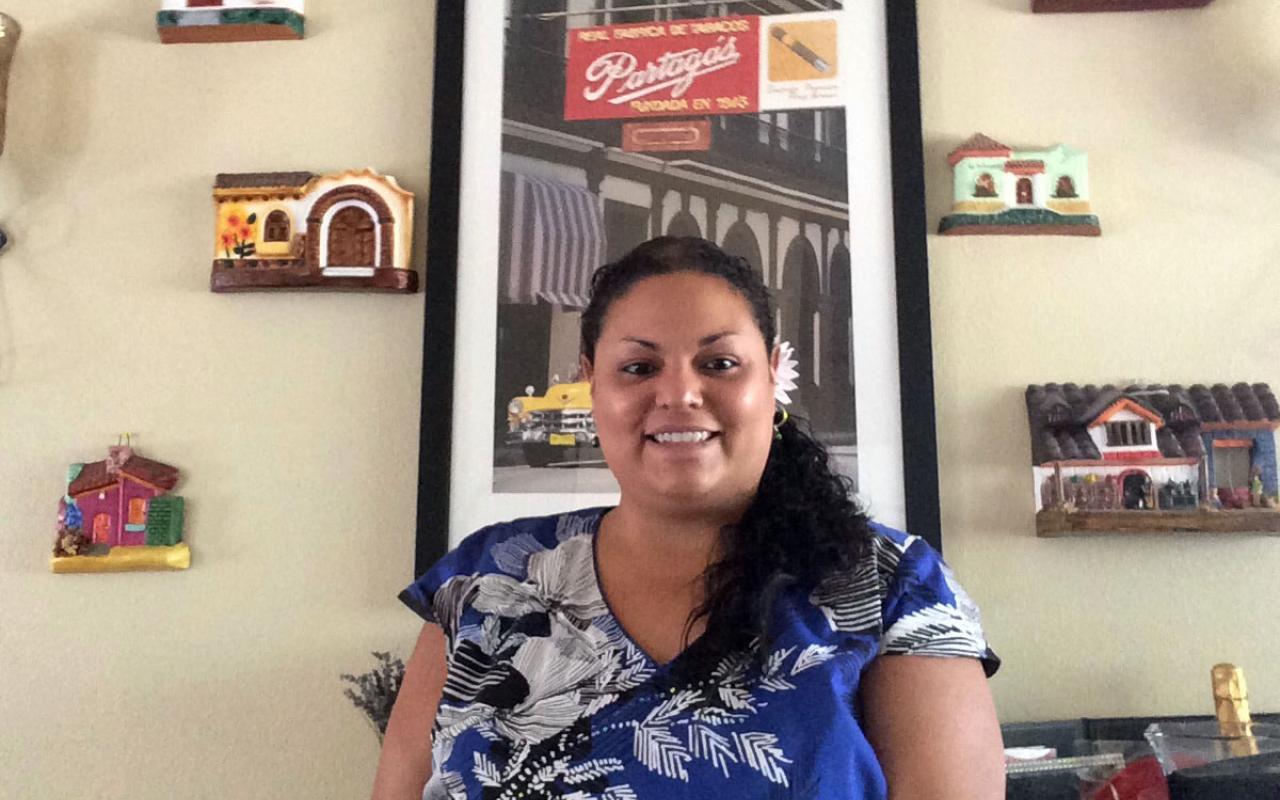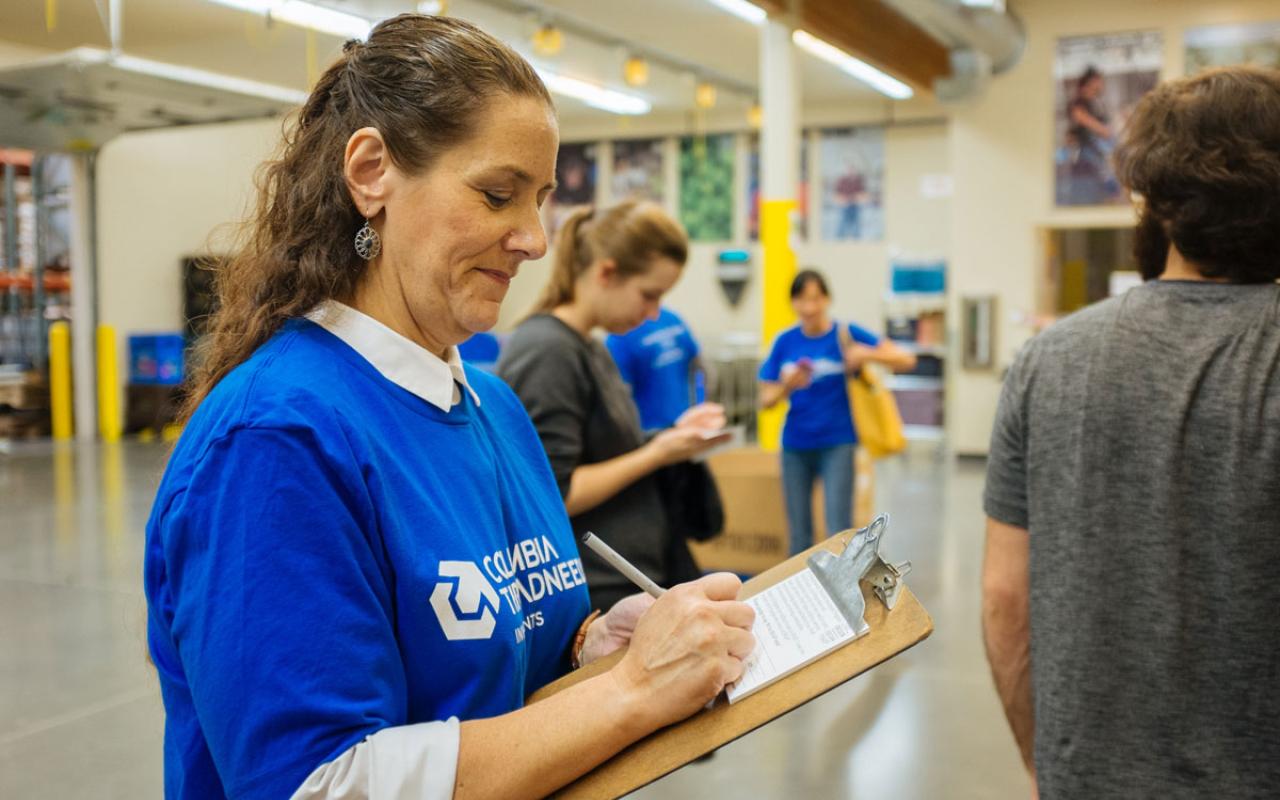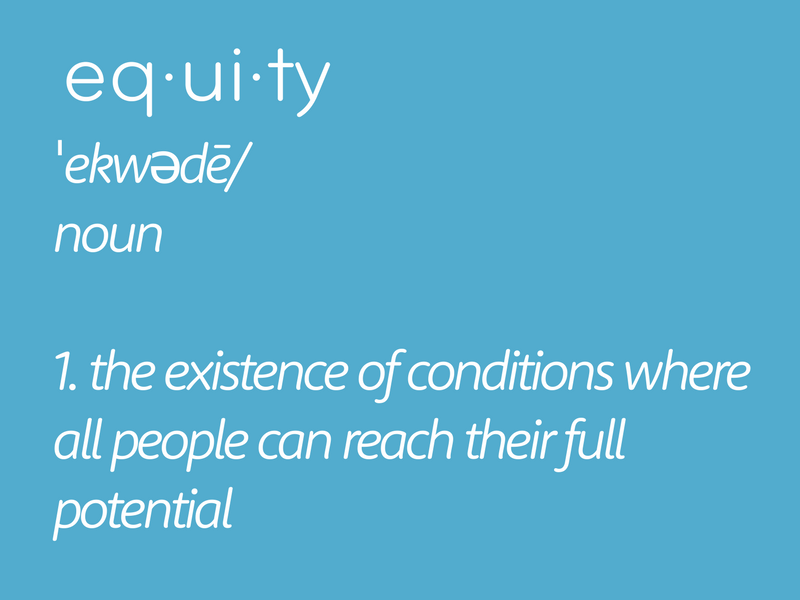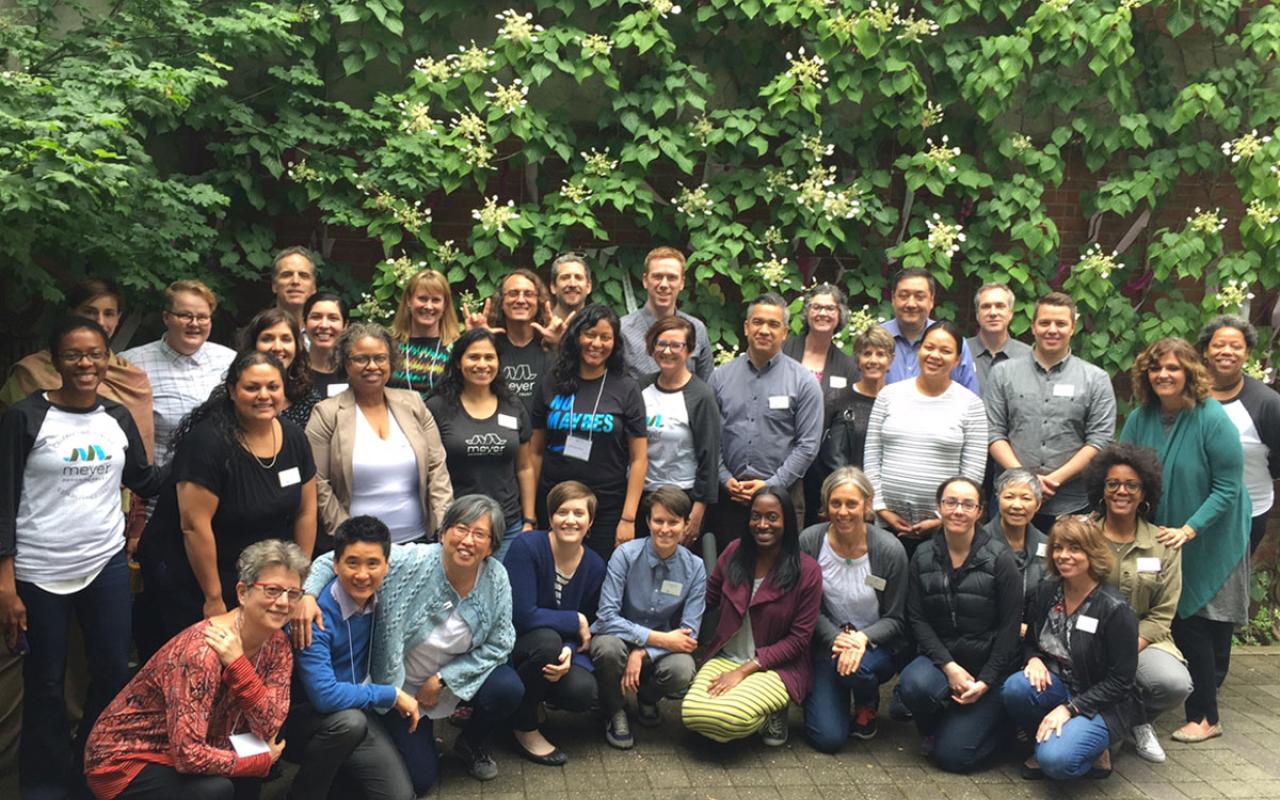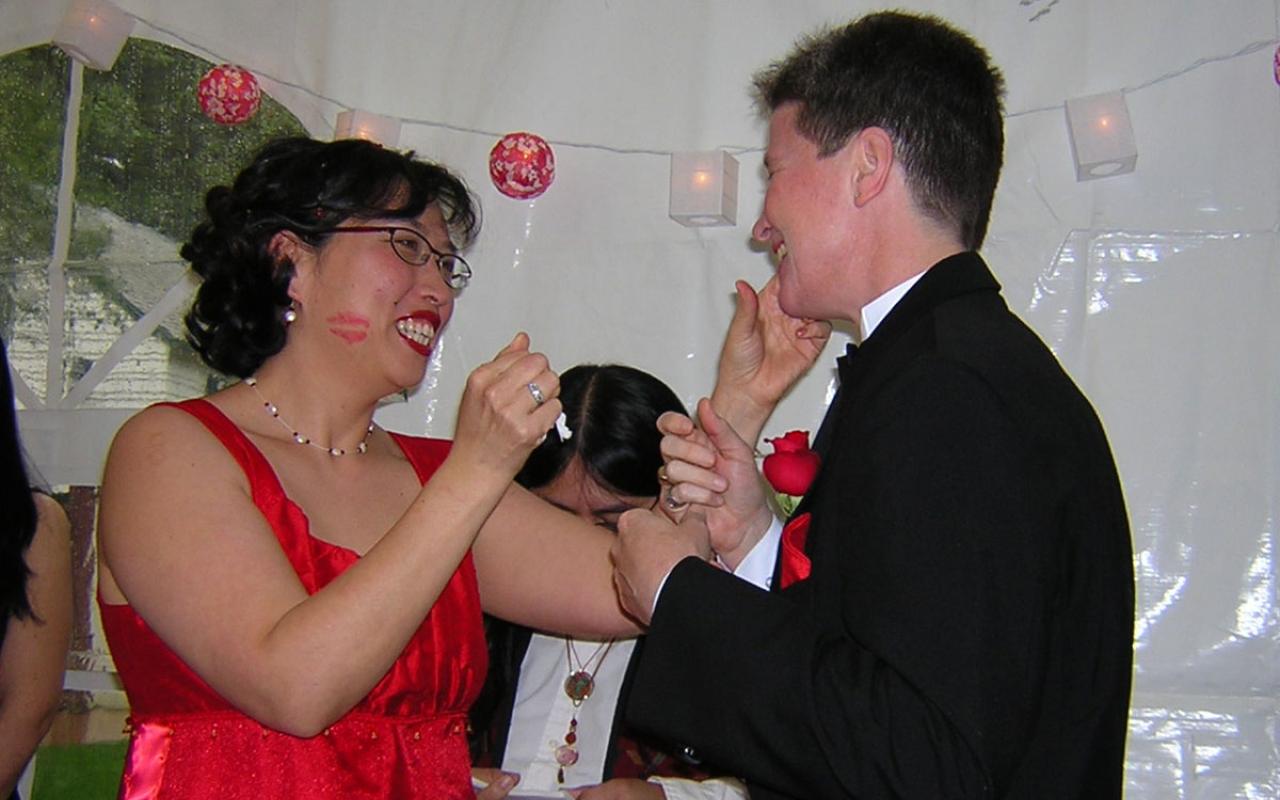Action for policy change in the 2017 legislative session
Meyer’s Healthy Environment Portfolio supports efforts to change the status quo so that the benefits of a healthy environment reach all our communities, particularly those that experience disparities. To advance this vision, there must be greater alignment among the interests, campaigns and priorities of advocates and organizations. We also believe that the voices of marginalized and most negatively impacted communities must play a leadership role in defining solutions because we all benefit when those most impacted benefit. Together, alignment and community voice will allow us to be successful with larger social and environmental change in the future.
Using that lens, we recently caught up with four 2016 grantee partners who were active in the recent legislative session.
Here’s what they said when we asked: In what ways, if any, did Oregon’s environmental movement become more aligned to advance change for a just, sustainable future and/or safeguard core environmental protections?
Huy Ong, OPAL Environmental Justice Oregon
OPAL is dedicated to bringing meaningful engagement of the most impacted communities to processes that weren’t designed with our participation in mind. Throughout numerous campaigns at the local, regional and state level, we have learned that without our involvement in the crafting, implementation and evaluation of programs and policies, our communities become an afterthought or at times even a bargaining chip. This legislative session gave us opportunities to call out wedge issues (rejecting the antiquated jobs vs. environment frame with the climate jobs bill), build across movements (housing and land use advocates testifying in support of transit investments) and address historic harms with the mainstream environmental movement.
One area where we experienced strong collaboration was with the Youth Transit Bill, which would have allowed for local school districts to utilize existing public transit service in their school catchment area to provide transportation to educational and other education-enhancing services through a bus pass valid throughout the school year. While we had signs of progress throughout the session of both grassroots and legislative support, the bill ultimately did not succeed this session. We will continue to engage within our movement to bring about this change at the state, local and regional level.
Andrea Durbin, Oregon Environmental Council:
Some environmental groups — namely Oregon Environmental Council, Oregon League of Conservation Voters and Climate Solutions — supported the Coalition of Communities of Color lobby day this session, providing volunteers and staff support for the day and to lobby. OEC also joined NAACP’s lobby day to support passage of the racial profile bill.
OPAL was a key member of the Transportation for Oregon’s Future Coalition. We worked with OPAL to develop the low-income provisions of the electric vehicle rebates. The coalition of groups worked together well and stayed focused on the collective priorities of the coalition.
Lisa Arkin, Beyond Toxics
I see new energy and commitment from environmental organizations to link environment and social justice issues. Beyond Toxics has long been advocating for using a justice lens for all environmental work, so it’s exciting to witness a growing understanding about connections between environmental harm and unequitable impacts on vulnerable Oregonians. It was really heartening for me to be in the state capitol working on issues as varied as clean energy, pollinator protection, correcting inequities in our judicial system, clean drinking water and herbicide pollution in rural communities.
For example, we’re not only talking about clean energy itself and how much fossil fuel we're going to use, but we were simultaneously talking about making sure that clean energy economy provides good jobs for those who have traditionally not benefited from energy policy. So we stood hand in hand with the NAACP and helped them deliver their clean energy and jobs report which we are a co-sponsor of. And we worked hard to promote the clean energy and clean energy jobs bill. These coalitions are bringing new life, I think, to the environmental movement and helping us be better partners with social justice movements.
Gerik Kransky, The Street Trust:
While working to reduce carbon emissions from transportation, the environmental movement is increasingly embracing a social justice framework for policy decisions. In the campaign to increase funding for transit, many environmental and community leaders worked together to ensure that the transportation funding package requires potential recipients of transit funding to identify how they will address concerns of low income communities in their plans to spend the money. This additional policy requirement is one small example of the growing partnerships among community-based groups to align environmental goals with the goals of people experiencing negative disparities.
The leaders also reflected on session highlights. The following are excerpts from their responses focusing on the highlights they shared that include environmental benefit as well as benefits to most impacted communities.
Gerik:
The transportation funding package includes a record investment, over $10 million per year, in new Safe Routes to School improvements in the 1-mile radius of schools for kids to get to and from school safely. The impact will be greater in low-income communities due to a reduced funding match requirement for school districts eligible for federal Title I assistance where over 50 percent of students are eligible to receive free or reduced-price lunches.
Lisa:
We helped introduce Senate Bill 892, which would have served rural communities by requiring that they receive advance notice about any kind of aerial pesticide spray in their vicinity. At this point in time in Oregon, there are few legal protections for people who live next to agricultural or timber lands that are sprayed. Oregon state agencies don’t monitor pesticide drift; enforcement of drift incidences is pretty minimal and is very much slanted in favor of the industry. So Oregonians who live in rural areas are really at a disadvantage.
While this bill didn’t pass, all the media that was generated around Oregonians in rural areas being harmed by aerial herbicide spray drifts pushed the Department of Forestry to improve their electronic Spray Notification System. So even though it's not the advance warning we were looking for, at least now the department of forestry has created a system where you can learn about pending sprays coming up near your property three to six months out. It's an improvement, it's a step in the right direction. Rural voices are now being heard because we've brought this issue to the legislature two sessions in a row, which puts pressure on the department of forestry to address this issue.
In addition, we helped craft Senate Bill 995, the Toxics Right-to-Know bill. Very much an environmental justice issue, SB 995 would require industry to provide very exact information about how many pounds of toxic chemicals are polluting the air in neighborhoods and communities. This bill also didn't pass, however, because of exposing this issue, the Department of Environmental Quality is now requiring the worst polluters to submit a toxics inventory to the state agency. Even though it doesn't make the detailed toxics release information public, for the first time ever in the history of our state, our air protection agency is collecting data on what actually goes up into the air from smokestacks.
Huy:
We advocated for explicit language regarding how transit districts will use the new funds generated by the transportation package. That includes submitting a plan in advance of receiving the funds explaining how transit providers will meet the needs of low income riders. Mechanisms include increasing the frequency of bus service in communities with a high percentage of low-income households, expanding bus routes and service, improving frequency and reliability of connections between transit providers (a key win for rural Oregonians), and fulfilling Bus Riders Unite’s local advocacy for a low-income fare (Low Income Fare Equity or LIFE) by suggesting implementation of reduced fare programs.
Another related win was the passage of Senate Bill 357 and House Bill 2777, advancing transit justice and racial justice to impacted people. SB 357 changes the level of penalties transit riders receive when utilizing their only mode of transportation. HB 2777 takes certain violations out of criminal court and lets transit agencies levy fines directly, preventing many instances of first contact with law enforcement. OPAL will continue to push for such policies to go further and not penalize individuals in our communities who depend on public transit for the crime of being poor.
Andrea:
The transportation package includes the largest statewide investment — $103 million per year — in public transit that Oregon has ever seen, including support for transit for rural Oregon and benefits for low-income commuters that included $12 million for rebates on fares for low-income TriMet riders. It means more choices to get around and makes it easier for seniors to get to medical appointments and maintain their independence. Plus expanding public transit service reduces pollution.
These are only a few examples where broader alliances worked collaboratively and successfully to advance environmental and social justice priorities during the session. There are numerous other examples, including many that represent incremental progress for legislative action in future sessions. Also there were many missed opportunities and disappointments and, overall, advocates who care deeply about a healthy environment felt like the session fell far short of what was possible.
The Meyer Healthy Environment team appreciates the vision, hard work and creativity of our grantee partners and the many other organizations that contributed to the policy successes that were accomplished this session and the groundwork laid for future wins and larger-scale change.
— Jill
Click here to read the full text of our interviews with Lisa, Huy, Gerik and Andrea


